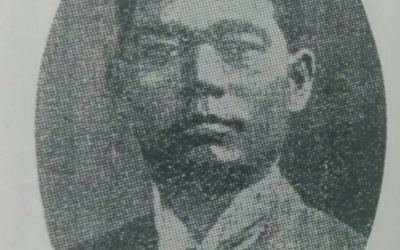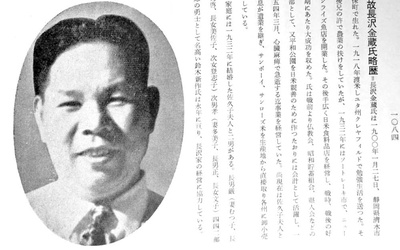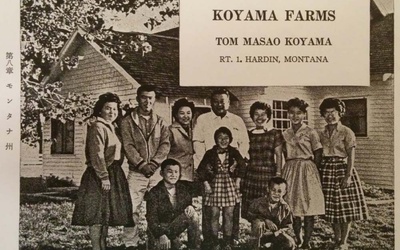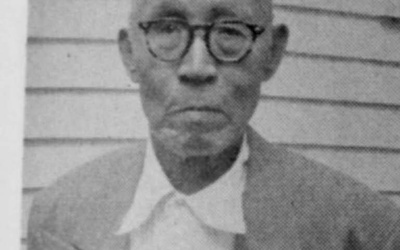Rereading "The Centennial History of Japanese Americans in the United States" - Tracing the Records of the Pioneers

In the early 1960s, a large-scale book titled "A Hundred Years of Japanese Americans in the United States" (Shin Nichibei Shimbunsha) was published, which covered the entire United States and compiled the footsteps of early Japanese immigrants, the roots of Japanese American society. Now, re-reading this book, we look back on where the first generation came from, why they came to America, and what they did. A total of 31 installments.
Stories from this series
No. 19 Japanese Americans in Arizona and Colorado
April 24, 2015 • Ryusuke Kawai
Arizona The section on Arizona in the "Centennial History" begins with the opening line, "The pioneering efforts of the Japanese who fought through the scorching heat of Arizona, symbolized by the desert, cacti, and cowboys, to build the farmland we know today is admirable." It also goes on to say, "The Japanese are great benefactors to Arizona agriculture." The first agricultural activities by Japanese people were in 1905, when 120 workers were sent to work on a sugar refinery company's …
No. 18 Japanese Americans in Nevada
April 10, 2015 • Ryusuke Kawai
After the war, the area was scattered and reduced in size. The number of pages that "Centennial History" devotes to introducing each state does not seem to be related to the number of Japanese living in that state or the number of Japanese immigrants at the time. The Japanese people of Utah, which was introduced in the previous chapter, are introduced over 44 pages, but the neighboring state of Nevada (Chapter 10) is only five pages long. In 1910, the …
No. 17 Japanese Americans in Utah
March 27, 2015 • Ryusuke Kawai
Starting with railroads, mines, and agriculture The state of Utah is located to the east of California, and Nevada to the east of Nevada. It borders Idaho and Wyoming to the north, Colorado to the east, and Arizona to the south. The climate is relatively dry, with four distinct seasons. Utah, whose capital is Salt Lake City, famous for being a land developed by the Mormons, developed in the second half of the 19th century with the construction of railroads …
No. 16 Japanese Americans in Montana
Feb. 27, 2015 • Ryusuke Kawai
Starting with the Great Northern Railway Montana, which is separated from Canada by a straight border to the north, is bordered by three states: North Dakota to the east, Wyoming to the south, and Idaho to the west. "Centennial History" begins with a general introduction that "It is not clear how Japanese people first came to Montana, but it is said that between 1884 and 1890, as many as 30 Japanese prostitutes came to the mining town of Butte. However, …
#15 Japanese Americans in Wyoming
Feb. 13, 2015 • Ryusuke Kawai
When people in Japan hear the state of Wyoming, they probably conjure up images of western movies and cowboys. There used to be a TV drama called "Laramie," which was also broadcast in Japan and gained popularity. Laramie is located in the southeastern corner of Wyoming. The "Centennial History" devotes five pages, including a directory, to this state, located in the northwestern United States, and its Japanese and Japanese-American people. Wyoming borders Colorado and Utah to the south, Montana to …
#14 Japanese Americans in Washington State – Part 2
Jan. 23, 2015 • Ryusuke Kawai
Read Part 1 of the 13th issue: Japanese Americans in Washington State >> Postwar Seattle and Japanese Americans Although it is only three pages long, "Centennial History" is powerful in its description of the activities of Japanese people in Washington State after the war. In particular, it shows how Japanese and Japanese people in Seattle recovered from the ashes, reviving prewar businesses such as the hotel industry and launching new businesses. To summarize: The corner of Main and South 6th …








